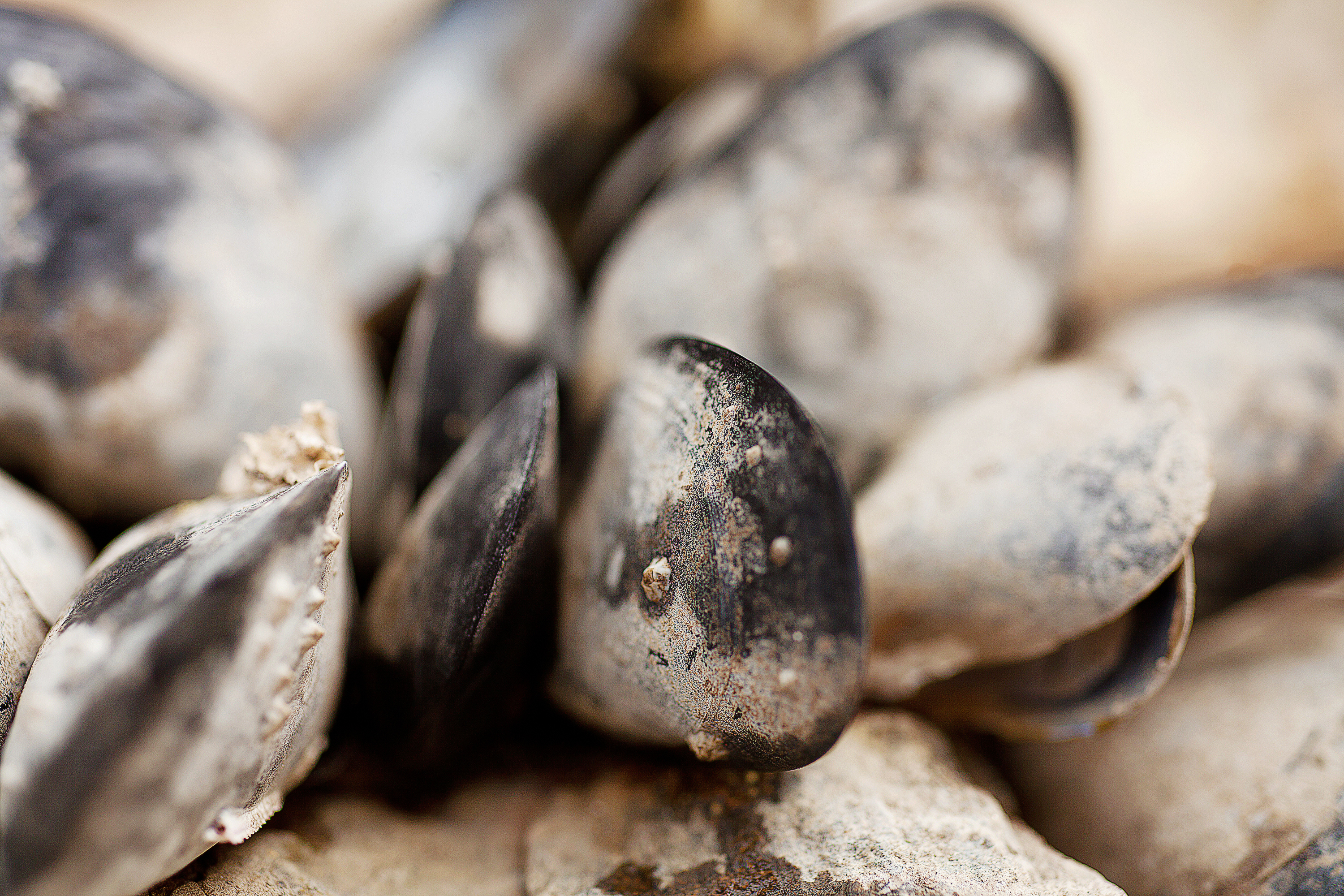
SHELLFISH infected with hepatitis has been found in Scottish supermarkets.
Glasgow Caledonian University experts tested 310 samples and discovered traces of the virus in eight blue mussels and one oyster – around 3%.
It is the first time the hepatitis E virus (HEV) has been found in commercially sold shellfish harvested from Scottish waters and now researchers are warning of health dangers.
Professor Linda Scobie, principal investigator, said: “We don’t know at what point in the food processing chain this contamination occurred.
“There are significant gaps in our knowledge with HEV in the UK, we don’t know how much virus is required to cause infection, unlike the norovirus where you only need a few particles to cause acute illness.
“What we do know is more people are being diagnosed and if they have particular medical conditions then they are at risk of becoming very ill.”
HEV is generally a mild disease but can develop into flu-like symptoms, jaundice, tiredness, fever and vomiting.
Researchers are calling for further UK studies into foodborne transmission of the infection in the wake of their findings.
However, in rare cases, transmission to patients via blood transfusion or transplant can pose “serious risks”.
Figures show the number of laboratory-diagnosed cases of the virus in Scotland increased from 13 in 2011 to 206 in 2016.
Cases of HEV have been previously linked to contaminated food products in Europe such as pork meat and soft fruit.
The shellfish tested in the study were bought from four supermarkets in the Glasgow area and a fishmonger on the east coast.

Enjoy the convenience of having The Sunday Post delivered as a digital ePaper straight to your smartphone, tablet or computer.
Subscribe for only £5.49 a month and enjoy all the benefits of the printed paper as a digital replica.
Subscribe